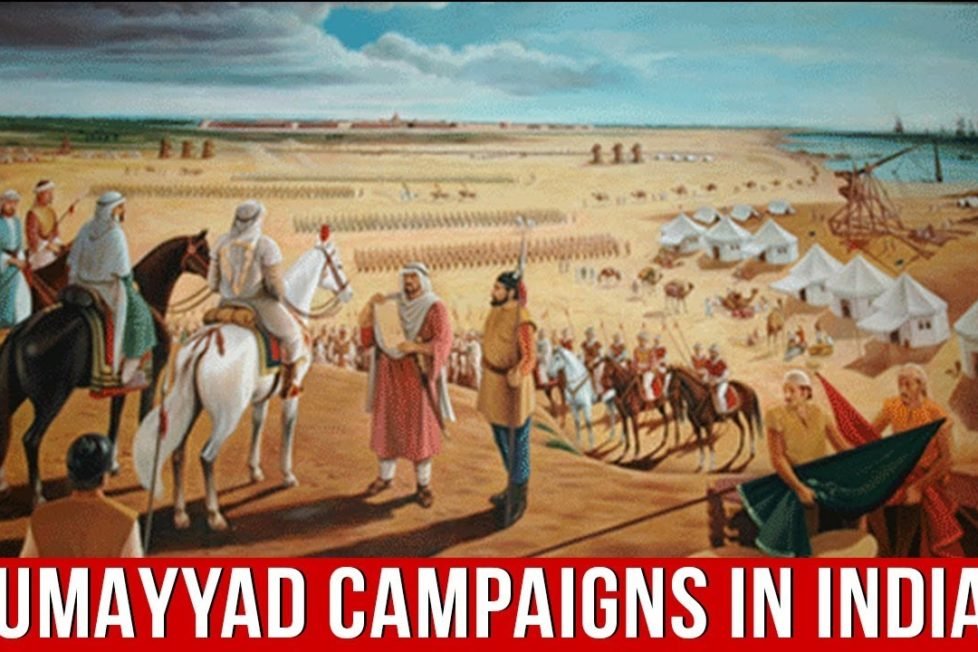Forgotten Hindu Chivalry: BATTLE OF RAJASTHAN(738AD) – Saved the Indian sub continent from being overrun by ARABS


THE BATTLE OF RAJASTHAN (738AD)
Another Hindu glory erased from history text books written by Russian sponsored Left historians. Every European child is taught about the Battle of Tours (732AD) which saved western Europe from ARABs, but no Indian child is taught about this battle.
Lets understand the aspects of the battle
After the unification of the Arabian peninsula under ONE BOOK, ONE PROPHET and ONE GOD, the Arabs went on a conquering spree.
Anatolia (modern day Turkey), Egypt, Libya, Spain, Portugal were crushed under Arabic horse shoes.
The Indian subcontinent was not left either. Pakistan (Sindh) fell in 712 AD.
The Arabs now targeted to overrun the entire sub continent which looked possible.
Here comes Hindu Heroism which not many know as that chapter has been erased from History. Hence, it is important to make Indians aware of the bravery and chivalry of their ancestors.
Setting stage of the battle
After capturing Sindh, the Arabs descended South and wanted to capture Gujarat and Rajasthan. The reason is unknown. I guess, they might have wanted to capture the coastline of Gujarat so that they can establish contact with Arabia through seas. If they establish a connection through sea, it will be easier to build a supply line from Arabia to India.
Junayd ibn Abd al-Rahman al-Murri, the successor of Muhammad ibn Qasim, subdued Hindu resistance in Sindh. Then he attacked the smaller kingdoms of Western India in early 730 CE. He divided his large force into two contingents and took several cities in southern Rajasthan, western Malwa, and Gujarat. According to Indian records, al-Murri was only successful against the smaller states in Gujarat, and was defeated at two places. The southern contingent moving south into Gujarat was defeated at Navsari by Avanijanashraya Pulakesi who was sent by Vikramaditya II, ruler of the South Indian Chalukya Empire. The eastern contingent was defeated after reaching Avanti, by its ruler Gurjara Pratihara Nagabhata I. According to Indian records the Umayyad armies were routed at the latter battle.
The Battle
Gauging at the seriousness of the situation as well as the power of the Arab forces, pratihara king, Nagabhata made pact with Jaysimha Varman of the Chalukya Empire. Jaysimha in turn sent his son Avanijanashraya Pulakesi to support Nagabhata. The two Dynasties of India supplemented the already fighting Hindu Mewar Kingdom, under Bappa Rawal, at the border of Rajasthan. The battle was fought between 5,000-6,000 Infantry and cavalry facing more than 30,000 Arabs. The Rajputs managed to kill the Arab leader Emir Junaid during the war. This enhanced the morale of the Hindu forces while the Arabs disorganized and demoralized due to their leaders death retreated and were frequently attacked by local forces until they reached the Indus river taking great casualties.
Aftermath
The Arabs in Sindh took a long time to recover from their defeat. In the early 9th Century the governor Bashar attempted an invasion of India but was defeated. Even a naval expedition sent by the Caliphs was defeated by the Saindhava clan of Kathiawar. After this the Arab chroniclers admit that the Caliph Mahdi, “gave up the project of conquering any part of India’.”
DISCLAIMER: The author is solely responsible for the views expressed in this article. The author carries the responsibility for citing and/or licensing of images utilized within the text.
